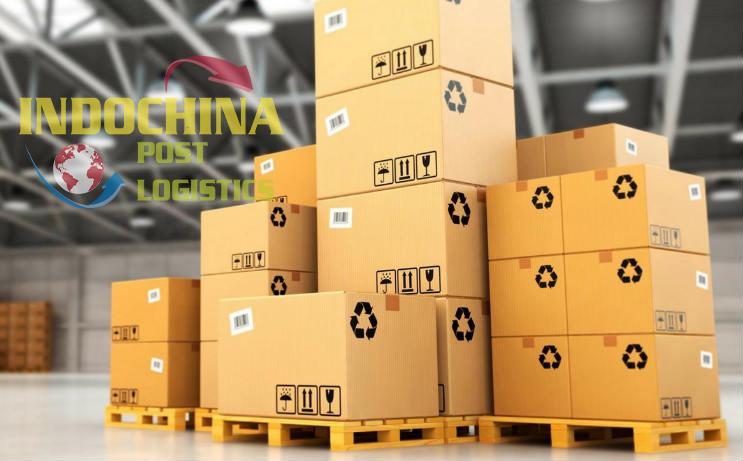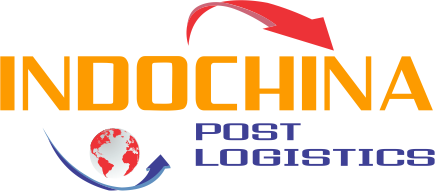The demand of importing goods from China to Vietnam increases considerably. However, not everyone understands how to import goods and what documents need preparing. Furthermore, due to the appearance of thousands of transportation company, it is difficult for customers to choose a reliable one.

PROCESS OF IMPORTING GOODS FROM CHINA
Step 1: Search for products
To search for products (in case you do not understand Chinese), you should look up the Chinese name of this product then enter it into the search bar of website 1688.com or taobao.com.
If you have any difficulty understanding Chinese, click on the translation tool to translate it into Vietnamese.
Step 2: Click to select the product
After having found the product that you want, click on that product’s name then the screen will display its information including photos, prices, product review, etc.
The product’s price is ranged from low to high. You can choose products according to the price you want. If you are concerned the product does not meet your requirements or the design is not the same as the image, you can read comments and real pictures of that product that is given by the previous buyers.
Step 3: Place an order
After having chosen your favorite product, you click to select that product then register the information. After that, you and the intermediary (the website quoting for you) will sign a contract.
If you can contact directly the freight carrier, you send the product’s link to that company or call them directly and describe the style, quantity, model and size of the product. After being given the information, your order will be confirmed.
WHAT CUSTOMS CLEARANCE DOCUMENTS ARE REQUIRED WHEN IMPORTING GOODS FROM CHINA TO VIETNAM?
- Commercial contract (One copy)
A commercial contract is a legally binding document that puts one party into a binding position either to do something or not to engage in the stated activity. It’s used for businesses and organizations and its key requirement is to ensure that legal arrangements allow full benefits of the contract to be realized.
Commercial activities includes:
- Commercial activities conducted in the territory of the Socialist Republic of Vietnam
- Commercial activities conducted outside the territory of the Socialist Republic of Vietnam in cases where the involved parties agree to this Law for application, or where a
foreign law or a treaty to which the Socialist Republic of Vietnam is a contracting party
stipulates the application of this Law. - Activities not for profit purposes conducted by a party in its transactions with traders in
the territory of the Socialist Republic of Vietnam in cases where the party conducting such
not-for-profit activities chooses to apply this Law.
2. Commercial invoices (1 original)
When used in foreign trade, a commercial invoice is a customs document. It is used as a customs declaration provided by the person or corporation that is exporting an item across international borders. Although there is no standard format, the document must include a few specific pieces of information such as the parties involved in the shipping transaction, the goods being transported, the country of manufacture, and the Harmonized System codes for those goods. A commercial invoice must often include a statement certifying that the invoice is true, and a signature
The invoice plays an important role in the commercial enterprise. It is often made in multiple copies and used in presenting to customs for taxation and customs clearance for imported goods from China.
3. Packing slip (1 original)
A packing slip is a document that includes the complete list of items included in a package. Packing slips include SKU numbers, weights, dimensions, and the number of units that are used by shipping departments to determine what inventory needs to be sent out to accurately complete an order. Finally, the buyer or receiver of the order will check the received items against the packing slip to ensure all the ordered items arrived.
4. Bill of lading (1 original)
A bill of lading (BL or BoL) is a legal document issued by a carrier to a shipper that details the type, quantity and destination of the goods being carried. A bill of lading also serves as a shipment receipt when the carrier delivers the goods at a predetermined destination. This document must accompany the shipped products, no matter the form of transportation, and must be signed by an authorized representative from the carrier, shipper and receiver.
5. Certificate of origin
Certificate of Origin Declaration of Origin (often abbreviated to C/O or CO or DOO) is a document widely used in international trade transactions which attests that the product listed therein has met certain criteria to be considered as originating in a particular country. A certificate of origin / declaration of origin is generally prepared and completed by the exporter or the manufacturer, and may be subject to official certification by an authorized third party. It is often submitted to a customs authority of the importing country to justify the product’s eligibility for entry and/or its entitlement to preferential treatment. Guidelines for issuance of Certificates of Origin by chambers of commerce globally are issued by the International Chamber of Commerce.
INDOCHINAPOST IS CONFIDENTLY A LEADING PROVIDER IN IMPORTING GOODS FROM CHINA TO VIETNAM

Instead of directly buying goods in China or from intermediaries, trader can now more easily access the source of goods thanks to Indochinapost‘s export services.
Our services include chains of activities such as ordering Chinese goods, buying Chinese goods, etc. We import all types of goods such as electronics, phones, computers, laptops, agricultural products, food, fashion, cosmetics, industrial goods, etc regardless of size and weight.
By building a goods relationship with a lot of major Chinese production units, we pledge to provide customers with the most reliable and cost- efficient export services. To import goods from China to Vietnam, customers can purchase and sell goods by both e- commerce and direct sales.

IN TERMS OF IMPORTING GOODS AT THE FACTORY
Customers provide Indochinapost with information of goods (including quantity, types of goods) via email or phone. Then, we will find sources and quote for customers as soon as possible. If customers agree with the quotation, Indochinapost will make a contract and customers have to pay for 70%-100% of the order value. Goods will be transferred to Indochinapost’s warehouse in Dongxing and Guangzhou in China. Indochinapost is in charge of customs clearance and transfer to Vietnam. The receiver receive the goods and pays the remaining amount of money.
WITH REGARDS TO IMPORTING GOODS FROM E- COMMERCE
Customers provides Indochinapost with the products’ link in Chinese e- commerce such as: Aliexpress, Alibay, 168, Alibaba, taobao.
After finding the right product, Indochinapost will check and quote . If customers agree with the quotation, Indochinapost will make a contract and customers have to pay for 70%- 100% of the order value. The delivery address is Indochinapost’s warehouse in Dongxing and Guangzhou. Then the goods will be transported to our warehouses in Hanoi and HCM city. Customers receive goods at the warehouse and pay the remaining amount.
Contact us to have the best services!
